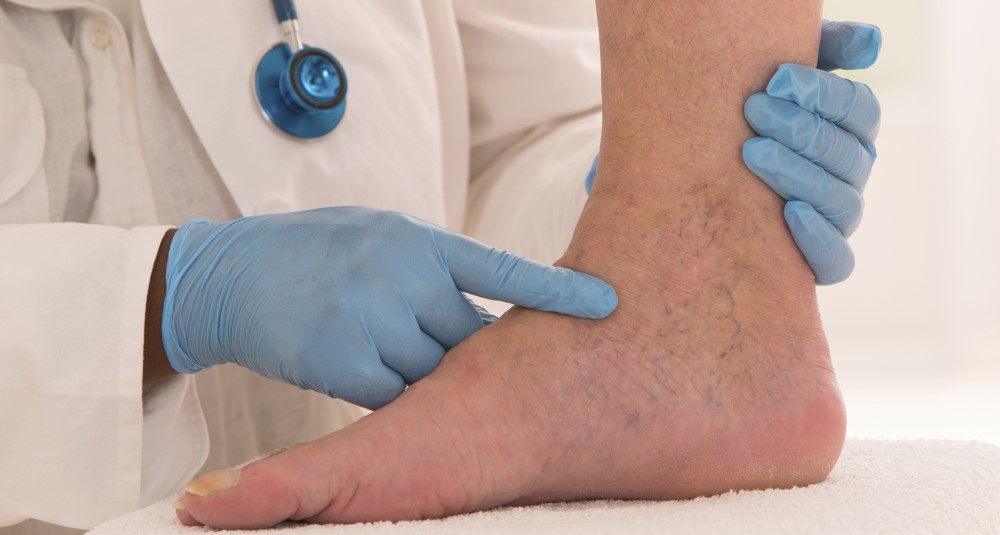Most disease states do not stand alone. What this statement means is that there are usually other illnesses, or symptoms or signs of other illnesses that are present when one considers a given health problem. For example, people with congestive heart failure may have chronic fatigue, difficulty with breathing, or kidney dysfunction. These entities could be called co-morbid factors of congestive heart failure.
Chronic venous insufficiency (CVI) is a term applied to a long-standing illness of venous high pressure in the lower extremities generally caused by malfunction of the thin, one-way valves we have in our veins. These valves allow us to be upright animals yet still maintain a circulation.
Do You Have Any of These CVI Co-Morbid Factors?
Here are seven of the top co-morbid factors for CVI:
- Muscle pump failure is one of the co-morbid factors of CVI. The lower extremities each have 4 of these muscle pumps and these are activated when the muscles of our lower extremities are used. These pumps are important in helping the circulation return blood to the heart against the force of gravity, which works to push blood back down to our feet when we are sitting or standing. Muscle weakness, peripheral neuropathy, and immobility all result in muscle pump failure.
- Obesity has now clearly been shown to be a co-morbid factor of CVI. Studies have shown a steadily worsening of the severity of CVI as patients move from normal weight, to overweight, to obesity.
- Heart disease is another co-morbid factor associated with CVI. Hypertension, diastolic dysfunction, congestive heart failure, valvular heart disease, and constrictive pericarditis are all cardiac conditions that can make CVI worse.
- Sleep apnea and its associated pulmonary hypertension are lung conditions that can exacerbate CVI.
- Age can be thought of as a co-morbid factor as well. Age gives gravity more years to exert its pressure on the venous system; over time it breaks down the proper function of the venous valves.
- Edema, or swelling in the tissues, is a factor associated with CVI. Usually, the more edema that is present, the worse the CVI. Over time, this edema condition can lead to a condition with a much worse prognosis: lymphedema. Both edema and lymphedema are separate co-morbid factors of CVI.
- Previous deep vein thombosis (deep vein clot or DVT) that results in scarring and destruction of the vein valves is another co-morbidity associated with CVI.
The above listing of co-morbid factors is not totally complete, but it does include almost all the disease factors associated with CVI.
If you or someone you know is afflicted by these factors then it is important to tell not only your vein doctor but also your primary physician. There are treatments that can be done to improve the situation.


